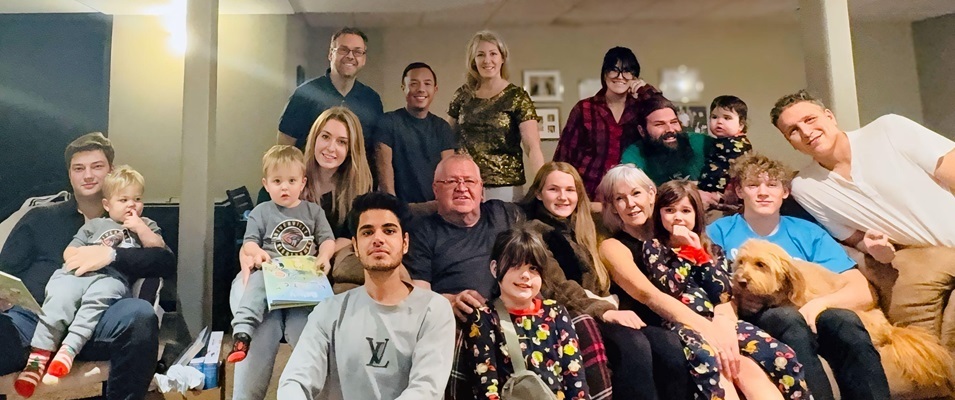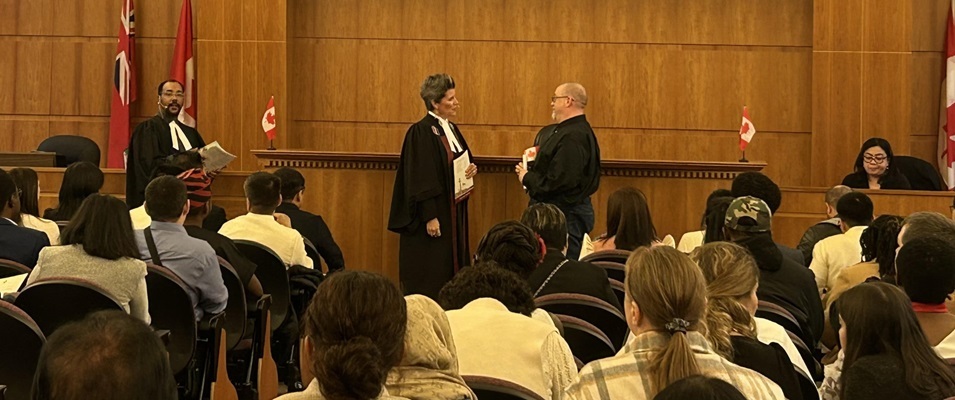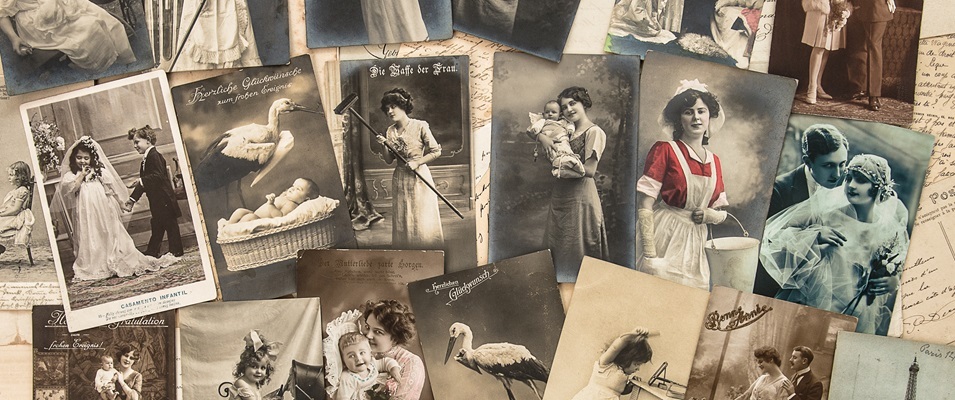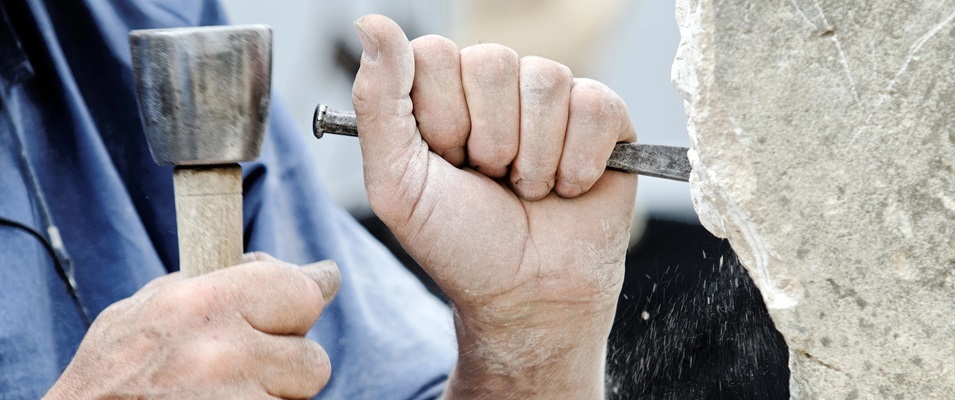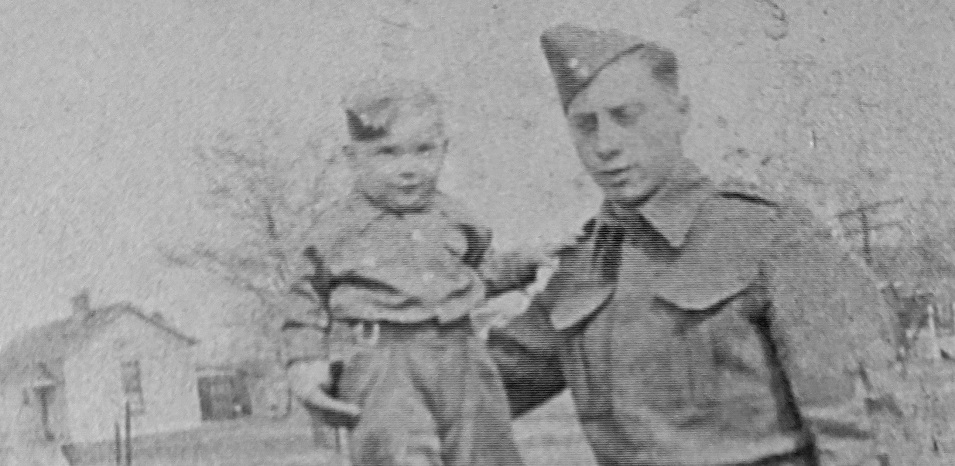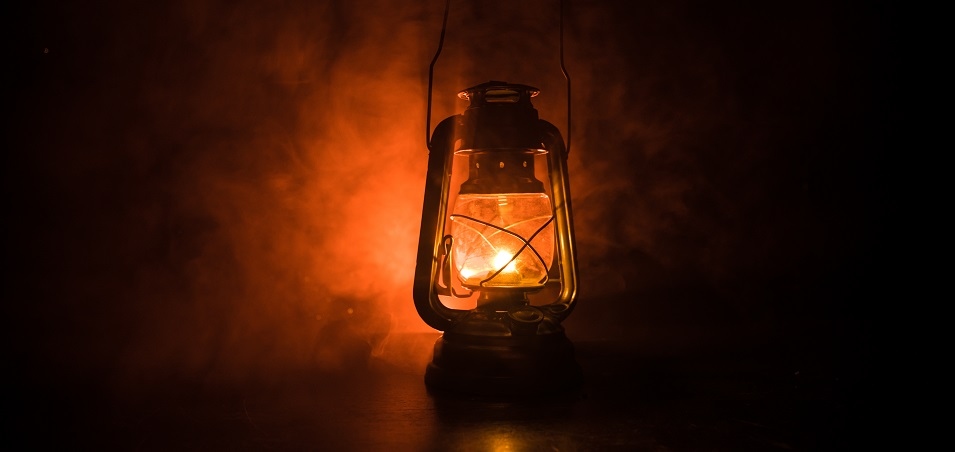Earlier this year, while the Stanley Cup playoffs were in full swing, whiteout parties were a happening thing—after all, everyone loves a good game! But consider: is it fair that these players are getting paid anywhere from $450,000 a year to Jonathan Toews making $13.8 million dollars for the 2017–2018 season?1
This isn’t to suggest that hockey players shouldn’t get paid, of course, but do they really need this much to live their dream of doing what they love?
Canada is a very rich country, but receiving almost $14 million to play a sport is a bit extreme nonetheless. Maybe it’s time for us to rethink where we’re letting our money go and figure out how we can make change for the better.
Depending on rankings, soldiers in the Canadian Armed Forces will make up to $55,000 a year, according to The Globe and Mail.2 That’s $400,000 less than the lowest paid NHL hockey player! These people are literally sticking their necks out for us, fighting to give us the freedom we far too often take for granted.
The University of Western Ontario did a study a while back and found that about a decade after returning back to unstructured civilization, many veterans become homeless.3 The ones we owe so much to lose so much support when they return. We common folk don’t understand, and will never really understand, the struggle it is for returning soldiers to integrate back into civilization.
As Canadians, if we’re going to give of anything, it will be our money. So why don’t we support our troops more? Imagine the change we could make if we put our money towards organizations that help our returning veterans. Instead of investing millions of dollars into the national “hockey fund,” we could put that money into creating proper supports for those who struggle with mental health from their time in the Armed Forces.
Then we have the people who literally come to the rescue when your grandma’s car rolls into the ditch after hitting ice in the dead of winter. According to information on the City of Winnipeg’s website, the most you can make after spending four years as an advanced care paramedic (the highest level) is $93,733, which is still way less than a bottom-of-the-barrel NHL player.4 Canadians make 12 million 911 calls every year, meaning that many of us have or will need their help at least once in our lives.5
First responders feel the same stress to maintain physically fitness as any athlete, but their fitness is needed to save lives during a crisis rather than just perform well at sport.
Post-traumatic stress isn’t an uncommon occurrence among our first responders, because every day they are ready to step into whatever nasty chaos comes about—and they are prepared to do everything they can. After years of seeing people in their worst moments, it’s no surprise that paramedics are likely to develop PTSD.6
In a day and age in which we talk so much about fairness, maybe it’s time we take a look at our priorities and rethink how we’re treating those who are there for us when we really need it.
Hockey is important to many of us in this wonderful country, but who do you suppose fought to give us the freedom we have today to throw big parties on the streets of Winnipeg? The soldiers fighting our battles overseas. The paramedics who launch headlong into dangerous situations to save people they don’t even know. The biggest difference you’ll see between being a professional hockey player and being a paramedic is that one is more or less about personal gain while the other is about making daily sacrifices on behalf of others.
Hockey players, of course, can also appreciate everything paramedics do for them, and we can all appreciate what our veterans have done for us in keeping our families safe. It’s time we stepped up to the plate to help those returning from oversea postings and love them as they adjust back to the average person’s lifestyle—it’s not enough to just honour them once a year in a formal way.
To lose a game or lose a life. Where will you put your money?





